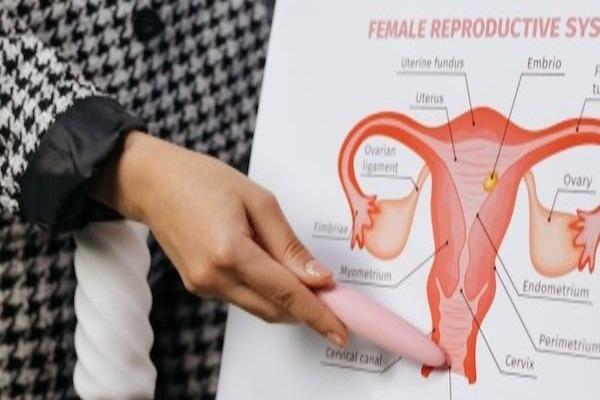
For Teachers & Professionals
6 Topics that are not usually covered in Sexual education
When teachers or educators have to talk about sex, they often use scare tactics like “don’t have sex before marriage" or "you will get an STI” or always show the worst cases. Few students receive accurate information about contraception (what is birth control, contraceptives or condoms), ad even fewer had a proper comprehensive sexual education.
Here are six suggestions for topics to add to sexual education lessons.
1. Mental, emotional, relational, and social aspects of sex
Sex in humankind is not just a biological and reproductive act, so why should this be the only focus? Students want a discussion of sexual behaviour within the context of relationships. What are the social consequences of sexual activity among peers? What is the mental preparedness for possible consequences of sexual activity? What are the emotional and relational consequences of sexual activity?
Examples of social consequences are usually the embarrassment and judgment that females may encounter when (but also before) they become sexually active. Education about gender equality and stigmatization is needed. Mental preparedness refers to addressing if young people are mentally prepared for sexual activities: do they know what sex involves? Do they know the impact on the partner? The emotional impact should also be discussed, as well as dealing with sexual assault and its consequences.
2. Updated and realistic
The materials and information should be from recent years. Students must recognize themselves and empathize with people in the videos proposed and with the major freedom of today’s sexuality, it’s utopic to expect abstinence. It’s fair to say that it’s the only method with 100% reliability, but it shouldn’t stand alone. A lot of young people also turn to porn to know what to expect from sex. A sexual education involving more realistic expectations with respect to porn is recommended. A sex-positive approach is needed, as it strives to achieve ideal experiences, rather than solely working to prevent negative experiences.
3. Basic information about STIs and condoms
Provide information about STIs and condoms. Not with an approach based on fear, but information-led. It is recommended to include specific information on STI symptoms, what people should do if they get an STI or get pregnant, and the frequency of STI diagnoses.
4. Diverse sexual behaviours and identities
Equally prevalent as the theme of basic information about sexuality, another salient suggestion for improvement is the inclusion of a discussion on same-sex sexual behaviours and sexual minority identities. It’s also important to approach STIs from an inclusive perspective: how to be safe while engaging in a variety of sexual behaviours other than penile-vaginal intercourses? Addressing sexual identity with an explanation of all the different variations from normative heterosexuality might help people find themselves or make them feel validated and understood.
5. Timing and frequency
A lot of students think that sex education needs to start at a younger age and should be a consistent part of the school curriculum. Consistency and repetition are important due to the changing needs and questions of different age groups. Development is continuous, so why should education be discontinuous?
Students need and want practical guidance on how to navigate their own relationships and sexual decision-making. In the absence of formal education on this topic, many adolescents are forced to turn to sexually explicit media for their education on same-sex sexual behaviours, including the mechanics of sex, sexual organs and function, how to know if you are ready for sex, sexual roles (e.g. ‘top’ or ‘bottom’), how sex should feel, and how sex should happen. These media depictions often display risky sexual behaviours (e.g. not using a condom or dental dam) and are therefore not effective educational tools, so there is a lot more that sex education can address in order to be more comprehensive and effective.
REFERENCES
Astle, S., McAllister, P., Emanuels, S., Rogers, J., Toews, M., & Yazedjian, A. (2021). College students’ suggestions for improving sex education in schools beyond ‘blah blah blah condoms and STDs’. Sex Education, 21(1), 91-105.
Share the knowledge!
More For Teachers & Professionals Q&A

Chronic Kidney Disease and Sexuality

Comprehensive Sexuality Education in Europe

Early Pregnancy Loss and Emotional Counselling with a Patient-Centred Perspective

Taboo topics: Masturbation

The PANTS lesson plan

The Problem of concepts such as Femininity and Masculinity in Sex education
This is a website that WE are building together. If you have a question there is no answer to on this site, send it here!
